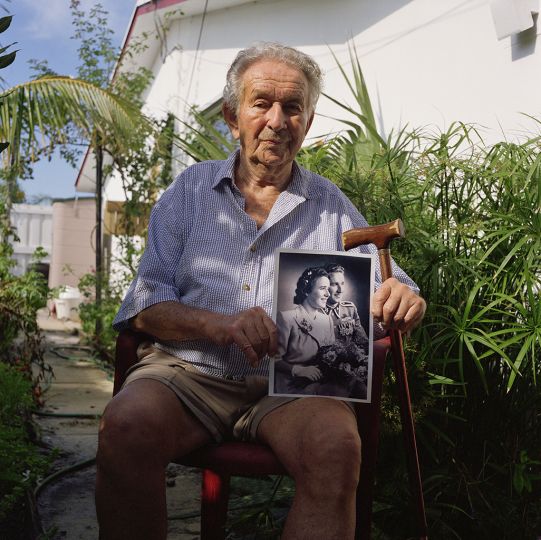The fashion industry is a multi billion business feeding on its ability to renew itself from one season to the next. Not an easy thing to do. Indeed, variety is dictated by the people’s mood from one year to the next. Some styles, however never go out of fashion and can be reused over and over as its popularity remains. An Audrey Hepburn dress remains a classic, and is used by well known designers every few years, and can be seen on the red carpet in Hollywood. Hailee Steinfeld, nominated last year for True Grit (and praised widely for her age-appropriate red-carpet look at only 14), was promptly offered a contract with Miu Miu. Natalie Portman’s red-carpet prowess lead to an arrangement with Christian Dior. Last year’s co-host Anne Hathaway was walked down the carpet by Valentino himself. Such classics resist the test of time with an overwhelming appreciation form the public and industry professionals. Most however fade away and die in time only to give to new colors, shapes and forms.
The purity of yesterday’ s fashion from the avant guard classics of the Belle Epoque in France to the well known three pieces suits of the 30’s and 40’s in the West, never goes out of fashion. After all, did anyone ever wore a classic suit better then Humphrey Bogart or Jimmy Stewart? Perhaps, today’s most classic actor, Georges Clooney also wears them but not the same effect. If anything it remains the bases of many styles today, but times have changes and above all mentalities and class.
In our so called classless Western world where supposedly a man, or a woman who comes from the gutter can be changed into a radiant persona because of a beautifully designed dress or suit and can become a classics over night, it is surely misleading. The fact is, with most industries searching for profit, the notion of democratization of its business has become a key aspect of its strategy in becoming better known to the public. With that democratization came the ability for anyone to join in the assessable race to make it and become well know to the public and the fans. To take a similar example, the mainstream music industry has fallowed a similar path: In the 60’s and 70’s Rock and Roll bands were formed not for fame but out of luck and creation was perhaps more genuine. Today in the hand of business executives the music industry has lost its ability to renew itself, but has found change within the artist themselves.
Fashion week in NYC, like other fashion weeks around the world is an interested melting pot of new and old. Creativity is ample and easy to find. Many individuals wander around Lincoln center wearing very creative outfits, hairdos, and shoes: a good way to be noticed. An army of photographers, copiers of the well known Scott Schuman (AKA the Sartorialist) shoot in a very simple manner an individual wearing something “different”. These hundreds of Shuman’s offsprings roam around the area looking for the shot to place in their fashion blog and create interest from the public. These individuals happily pose for the photographer not knowing what he or her might do with the images. This activity works well as it touches the vanity of the subject, too happy to have his or her moment. This 15 minutes of fame can also be seen at the runway shows where it is important to be seen and perhaps remembered in this ephemeral notion. Remember, seating in the front row is crucial, celebrities can often be seen there literally attacked by an army of videographers and photographers, all holding their precious press passes close to their chest. Having a famous person at your show is good for business, and after all the Kardashians, who often take part in the giant circus, became famous for being famous. Hardly a thing of substance.
This monster of vanity feeds itself, creates jobs and a buzz for the thousands who attend the shows. But behind all this fluffiness, resides a serious industry which needs a lot of time and preparation to organize . It requires countless hours of works to have the designers, stylist, sponsors, models all work together in one giant mess. One only has to work back stage to see the last minute chaos behind the scene, with models running around from one stylist to another, or with the security checking everyone’s credentials to make sure no one goes astray in unwelcome territory. And suddenly when all the models are dressed up and their make up and hair done they are ready to conquer the catwalk where hundreds will get to see the only real creativity during fashion week: their hard work.
Everything else around that is only a febrile extension of fashion, with countless individuals who have somehow acquired an attitude which they do not really deserve as their presence will be lost in time.
Jonathan Alpeyrie


















